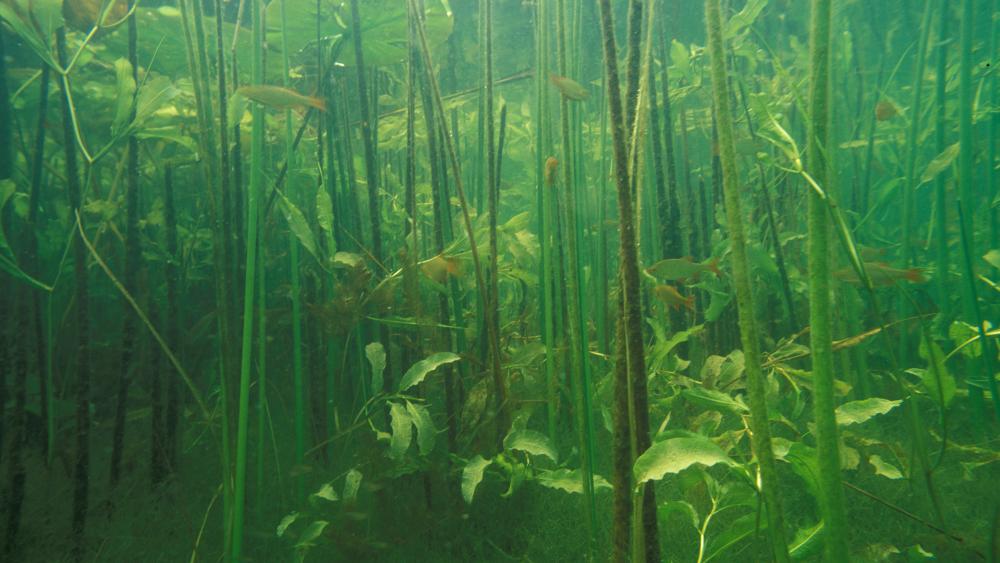Effect of different electron acceptors and macrophyte plants on the methane flux dynamics of a small artificial body of water (Thailand)

Small Artificial Waterbodies (SAWs), such as ponds, canals, and ditches, are increasingly recognized as important methane (CH₄) sources due to high organic matter input, eutrophication, and stagnant water. However, the roles of key biotic and abiotic factors influencing CH₄ fluxes remain poorly understood. This study examined the effects of various electron acceptors (O₂, NO₃⁻, NO₂⁻, CH₃COO⁻, SO₄²⁻) and macrophyte plants (free-floating fern and water lily) on methane emissions from a small artificial canal.
Methane fluxes were measured using static chambers over 96 hours under controlled conditions, with substrate amendments and macrophyte treatments. Water quality parameters (pH, DO, temperature, and nutrient concentrations) were monitored to explore correlations with CH₄ flux.
Acetate significantly increased both CH₄ and CO₂ emissions, while sulphate moderately reduced CH₄ but also decreased CO₂, likely due to sulphide-induced microbial inhibition. Nitrate and nitrite amendments sustained microbial activity and supported denitrifiers and anaerobic methane oxidation pathways. Macrophyte treatments showed the strongest CH₄ suppression – at times reducing emissions below detection – due to rhizospheric oxidation, physical barriers, and extended gas retention.
Oxygen, typically deficient in SAWs, was effective in mitigating CH₄ when introduced. Water quality analysis showed inverse correlations between CH₄ and DO, nitrate, and nitrite, while sulphate was negatively associated with CO₂. These findings highlight the importance of electron acceptor availability and microbial processes in regulating greenhouse gas emissions from SAWs.
This research contributes to improving methane emission inventories and supports climate mitigation strategies in urban and agricultural water management.

